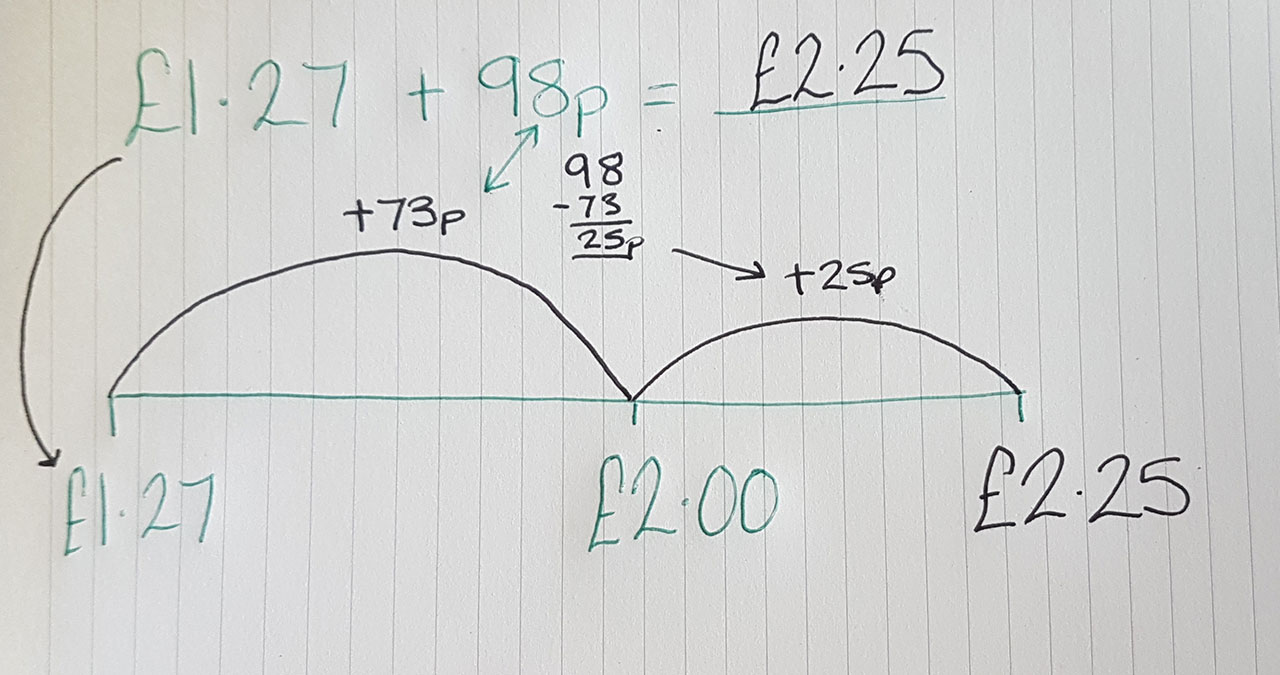Please see the weekly activities post/the corresponding section on the class website for the spelling and arithmetic focus for this week, along with additional tasks which can be completed. The weekly activity post also has a list of tasks for the afternoon work – a project on Japan.

English: Mrs Godbold’s writing challenge; please see the attached picture. You are going to be finishing the story, but firstly try and think of some answers for these questions; they will help your planning!
1) What had happened when Brian fed the biscuits to his dogs?
2) How quickly did they grow to this size do you think?
3)Did Brian give the biscuits to anything/anyone else?
4) Will Brian leave the dogs big, or does he want to change them back?
Story starter: Brian had often bought things from the market that had turned out to be the most outrageous, disappointing fakes.
He had presumed that the magic biscuits would have been exactly the same. How wrong he had been…
Either, continue the story or write a newspaper article telling people what has happened here!
Don’t forget to use adjectives, adverbs and adverbials! If you are writing a newspaper report, don’t forget the things that a good newspaper article has (headline, writing in columns, a picture, a caption to describe the picture, and maybe some eye-witness quotes!).
Maths: LO: to investigate the 24 hour clock. Last term we spent some time in class looking at the 24 hour clock. We discussed how 13:00 is 1PM, 14:00 is 2PM, and so on. The rule we learned was that if the number of the hour was greater than 12, you can subtract 12 from it to work out the time (it will be a time in the PM). For example 15:00, 15 – 12 = 3, so 15:00 is 3PM.
Today, I would like you to practise telling the time from the 24 hour clock. If you can’t remember doing it in class, use the rule to write down all the hours in a day. We will be doing some tasks around telling the time using the 12 and 24 hour clock over the rest of the week. Don’t forget, there is no such time as 24:00. The 24 hour clock runs up to 23:59 (1 minute until midnight), and then goes back to 00:00 for midnight. Focus on just reading the hours.





